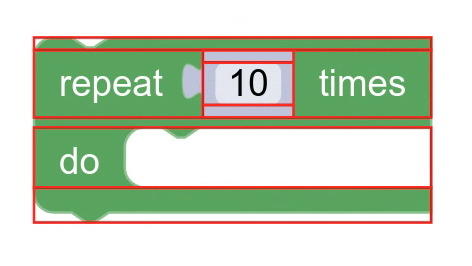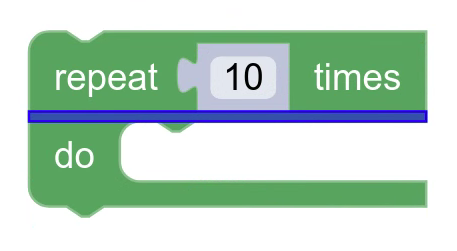Os blocos são definidos como uma coleção de entradas, mas as informações de renderização determinam como essas entradas são divididas em linhas e linhas espaçadas.
Por exemplo, quando um bloco é definido como inlineinputs, ele tem menos linhas do que quando definido para entradas externas. Tem o mesmo número de entradas, mas um número diferente de linhas.

Row
Um Row é uma coleção horizontal de elementos
e espaçadores de elementos não sobrepostos.

Os limites de uma linha são determinados pelos limites dos elementos e dos espaçadores que pertencem a essa linha, para que todos os elementos sejam contidos.
Espaçador de linha
Um RowSpacer é um espaço vertical vazio entre duas
linhas.

Os limites dos espaçadores de linha são determinados pelas próprias informações de renderização. Depois de medir todas as linhas do bloco, a informações de renderização insere espaços do tamanho escolhido entre as linhas.

